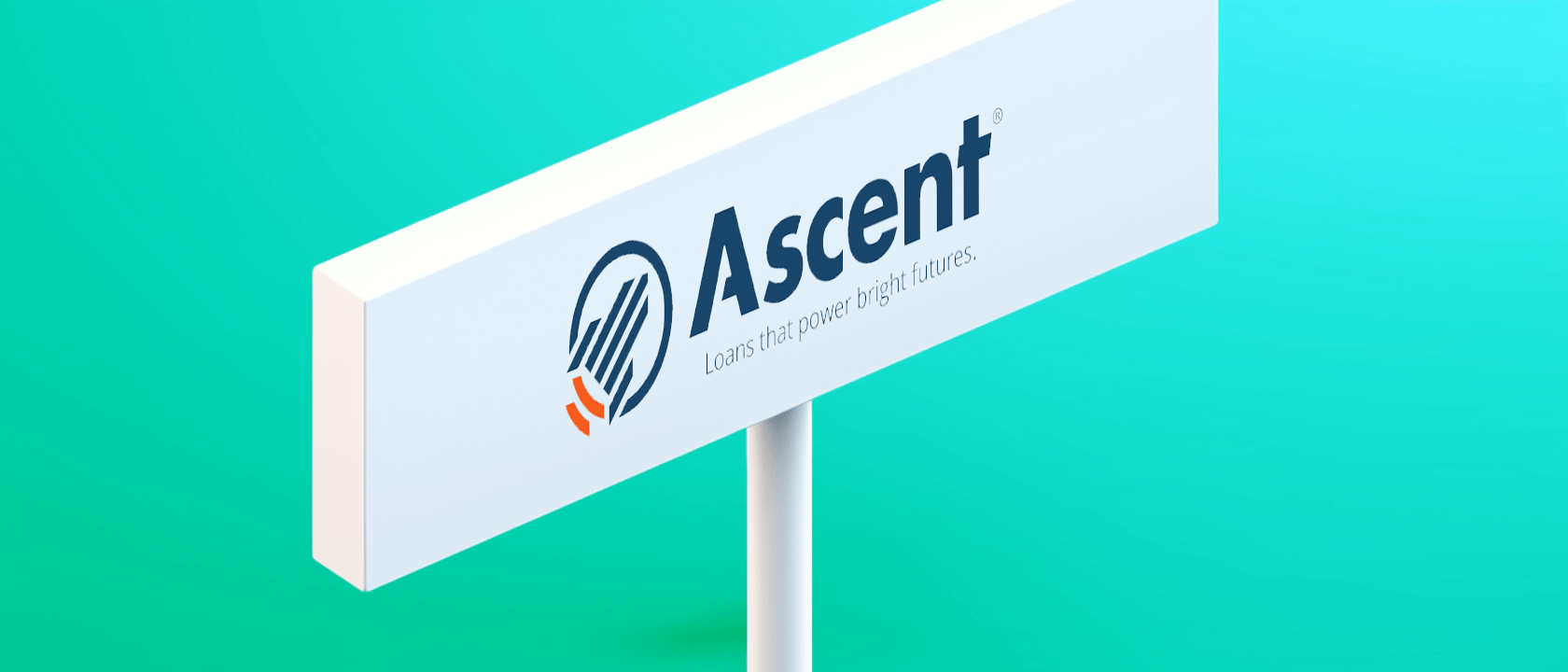
Table Of Contents
- On the PAYE plan, student loan payments are equal to a percentage of your income after taxes and mandatory expenses.
- Your payment amount will fluctuate as your income changes.
- The amount you pay will never be higher than the 10-year Standard Repayment Plan amount.
- After 20 years of repayment, if the balance isn’t fully paid, the remaining amount will be forgiven.
Which Loans PAYE Applies To
The following loan types are eligible for the PAYE plan:
- Direct Subsidized Loan
- Direct Unsubsidized Loan
- Direct PLUS Loans for graduate or professional students
- If Consolidated…
- Subsidized Federal Stafford Loans
- Unsubsidized Federal Stafford Loans
- Federal Perkins Loans
- FFEL PLUS Loans for graduate or professional students
- FFEL Consolidation loans not intended to repay Parent PLUS Loans
- Direct Consolidation Loans not intended to repay Parent PLUS Loans
Eligibility Criteria For The PAYE Plan
To qualify for the PAYE plan, you must be a new borrower, having borrowed your qualifying loan on or after October 1st, 2007 and receiving a disbursement on or after October 1st, 2011.
You’ll also need to have an income that makes opting into the plan advantageous. With the PAYE plan, your monthly payment will never exceed what you’d pay on the Standard Repayment Plan. If enrolling in the PAYE plan would result in a higher monthly payment, you won’t be eligible.
Generally speaking, borrowers with high debt totals, low incomes, or debt totals that exceed their annual income will qualify.
How To Apply For PAYE
Before applying for the Pay As You Earn plan, contact your loan servicer. They can help you decide whether the plan makes sense for you.
If it is the right option for you, complete the online application. Before you file, collect documentation of your income, like a tax return from the previous two years or a pay stub. You’ll answer a few questions about your income, debt, and simple demographic information. It takes around 10 minutes to complete.
Then, submit the application to your student loan servicer — if you have multiple servicers, you’ll need to submit the form to each one. Depending on when you file and how many student loan servicers you have, it can take up to a few weeks to hear back and get approved.
What The Repayment Process Looks Like
If approved, your monthly payments will update to reflect an amount that is around 10% of your discretionary income. This amount can and will change if changes in your income or family size occur throughout repayment.
If one of these changes occur, make sure to recertify your income or family size change as soon as possible. If you fail to recertify by the annual deadline, your monthly payments will default to the Standard Repayment Plan amount, which may be higher than you can afford.
If, at any point, 10% of your income is greater than the amount you’d pay on the Standard Repayment Plan, your payments will default to the Standard Repayment Plan amount. This means you won’t be penalized for increasing your income simply because you chose to enroll in PAYE at one point in time.
The PAYE plan continues for 20 years. At the end of that period, any remaining unpaid balance is forgiven.
Pros And Cons Of PAYE Program
Like any repayment option, PAYE has its pros and cons.
| Pros | Cons |
|---|---|
| Payments are capped at 10% of your discretionary income. Payments will never be higher than the amount you’d pay on the Standard Repayment Plan. After 20 years of payments, the remaining balance will be forgiven. | Because payments are lower, you’ll likely incur greater interest costs than you would on a Standard Repayment Plan. Being on the PAYE plan requires annual recertification for eligibility, which can get tedious. Forgiven balances are considered taxable income. |
FAQs About The PAYE Plan
How is Income Calculated for PAYE?
The Pay as You Earn plan is based on your discretionary income which is calculated as the difference between your annual income and 150% of the poverty guideline for your family size and state of residence.
For example, let’s say your annual income is $45,000 and you live in Massachusetts with a family of three people. The 2023 Federal Poverty Guideline in Massachusetts for a family of three is $24,860 per year.
$45,000 (your annual income) – $37,290 (150% of $24,860) = $7,710 per year of discretionary income. This means that your monthly payments would be no more than $64.25, or 10% of your annual discretionary income ($771) divided throughout the year.
What is the Difference Between PAYE and Other Income-Driven Plans?
PAYE is just one of four income-driven repayment plans offered by the federal government. Here’s how they differ from one another:
Revised Pay As You Earn (REPAYE)
% of your discretionary income: 10%
Length of repayment: 20 to 25 years
Pay As You Earn (PAYE)
% of your discretionary income: 10%, but never higher than the 10-year Standard Repayment Plan amount
Length of repayment: 20 years
Income Based Repayment (IBR)
% of your discretionary income: 10% if you’re a new borrower, or 15% if you’re not a new borrower
Length of repayment: 20 to 25 years
Income Contingent Repayment (ICR)
% of your discretionary income: The lesser of 20% or what you would pay on a fixed repayment plan for 12 years, adjusted to your income
Length of repayment: 25 years
There are also differences in the loan types that qualify.
Is The PAYE Plan a Good Idea?
The PAYE plan is ideal if you:
1. Can’t afford the monthly payments on a Standard Repayment Plan
2. Don’t expect your income to increase much over time
3. Are married and both spouses have an income










